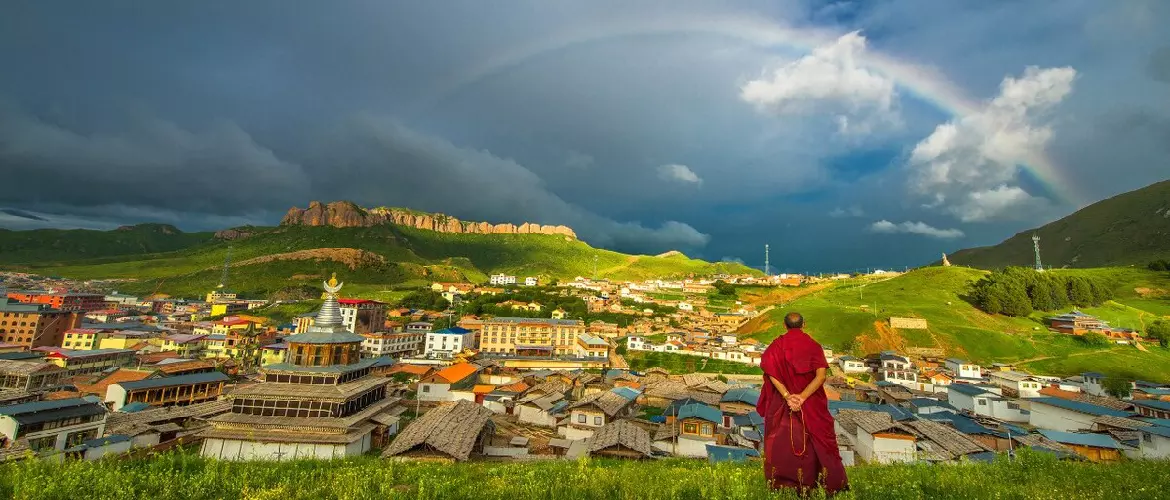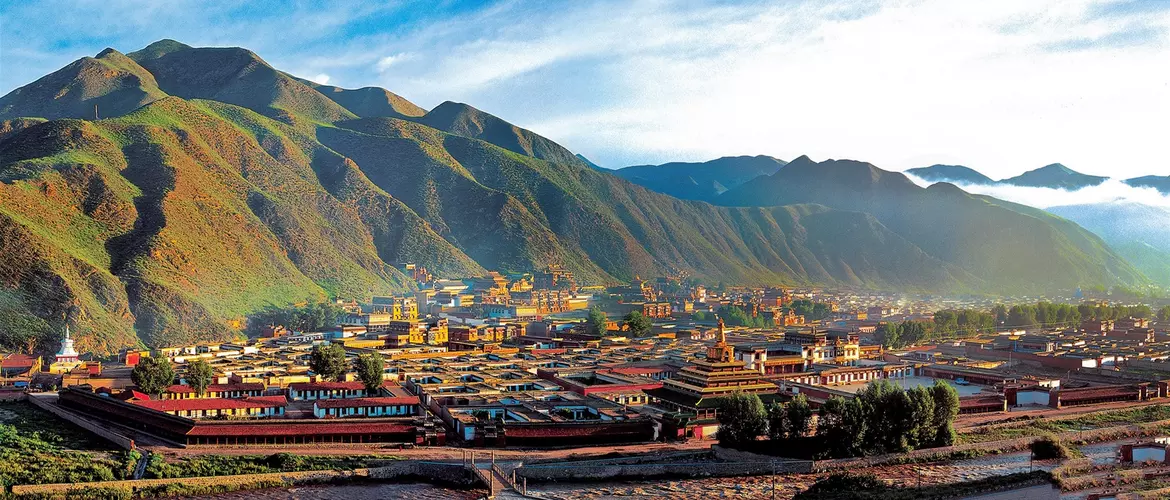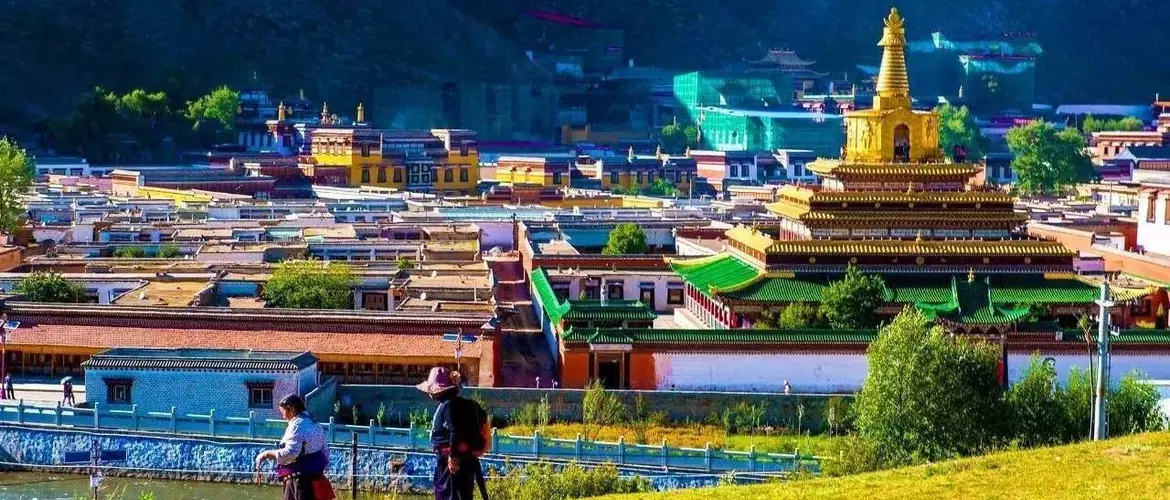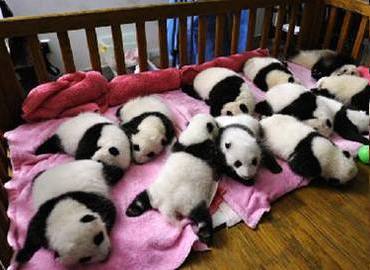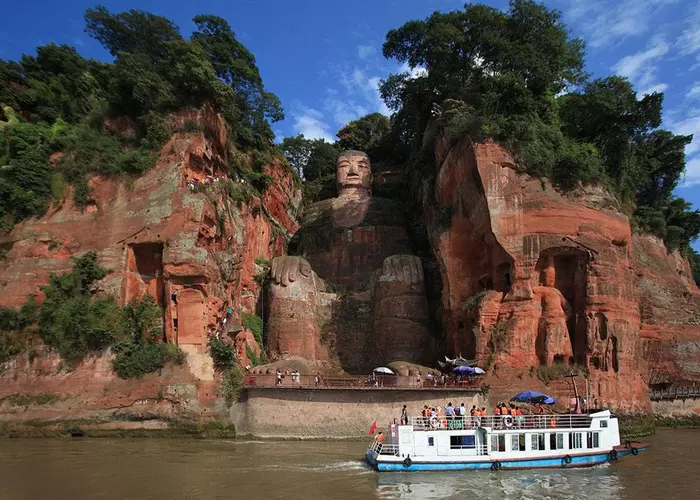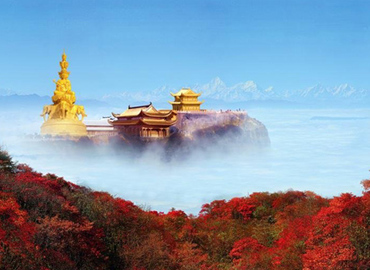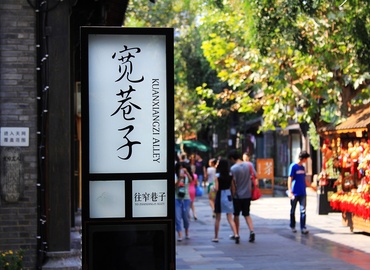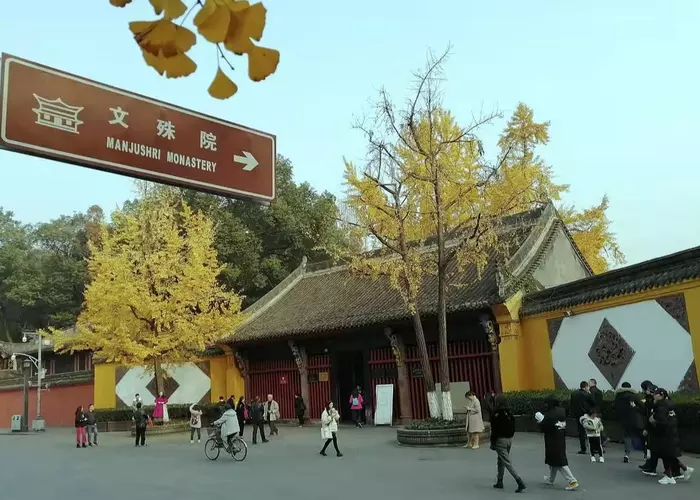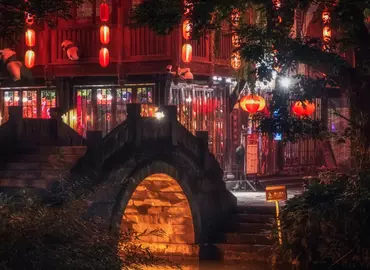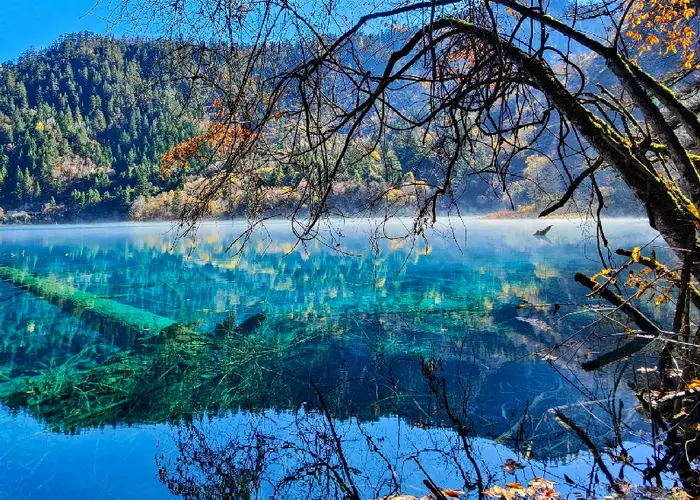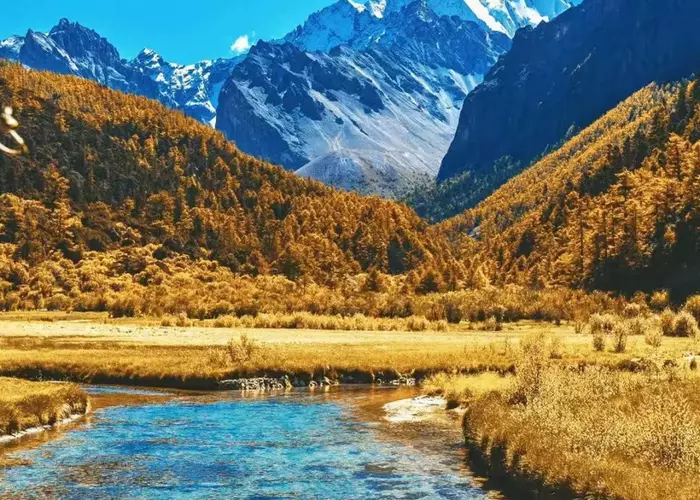Labrang Monastery is located in the west of Xiahe County, backed by Phoenix Mountain, facing Dragon Mountain, located in valuable land with a good geomantic omen. The monastery was founded in 1710 by the first Jamyang Zhépa, Ngawang Tsöndrü (His importance is second only to the Dalai Lama and the Panchen Lama). Labrang in Tibetan means “Buddhist Palace", which is the residence of Jamyang Rinpoche.
After being built by Jamyang for generations, it has now become the largest Tibetan religious and cultural center in the Gansu, Qinghai, and Sichuan regions, and the center of religion and culture in the Amdo Tibetan area. Labrang Monastery is one of the six major monasteries of the Gelug School of Tibetan Buddhism(Yellow Sect), the most famous Tibetan Tantric Institute in the world, and has the most complete teaching system of Tibetan Buddhism.
Overview
Labrang Monastery was built in 1709, the temple is located in the north and faces the south, with a floor area of 823,000 square meters, 6 scripture halls, 84 Buddhist temples, 31 Tibetan-style buildings, 30 Buddhist palaces, more than 500 prayer wheel rooms, more than 10,000 monastic houses, and more than 4,000 monks in its heyday. The monastery brings together the wisdom of the Tibetan, Chinese, and Mongolian people, and is known for its superb architectural art and brilliant religious culture.
The religious system of Labrang Monastery is mainly composed of Six Tratsang(monastic colleges or institutes), exploring esoteric Buddhism, theology, medicine, astrology and law. Mejung Tosamling is the center, also known as the Great Sutra Hall, the venue for academic meetings. There are hundreds of temples in total including the front hall building, front courtyard, main hall and back hall, covering an area of more than ten acres. It is a mixed structure of Tibetan style and ancient palace style. There are gilt copper tiles, copper goats, Dharma wheels, flags, treasure vases and other decorations on the top. It mainly focuses on exoteric and emphasizes the study of the five major treatises written by Indian Buddhists ("Commentary on Valid Cognition", "Sutra of Adamantine Transcendent Wisdom", " Mūlamadhyamaka-kārikā", "Soul Theory of the Buddhists" and "On Vinaya").
All the Buddhist temples in the monastery are built with local stone, wood, and soil ramie as building materials, but metal is rarely used. The overall building is wide at the bottom and narrow at the top, almost trapezoidal, with stone on the outside and wood on the inside. Each temple is painted with red, yellow, white and other earthy pigments according to its different functions and levels. Colorful curtains are hung on the eaves of the balconies. Gold-plated copper Dharma wheels and yin-yang beasts are placed on the tops and walls of large and medium-sized buildings, vases, banners, golden domes, lions. Some palaces also integrated and absorbed the architectural achievements of the Han people, adding palace-style roofs and covering them with gilt copper tiles or green glazed tiles.
Labrang Monastery houses more than 60,000 scriptures of all kinds, divided into 12 categories, including the whole collection, philosophy, tantra, medicine, statement, embellished rhyme, history, religion, biography, craftsmanship, mathematics, and poetry, making it the monastery with the largest collection of books.
Labrang Monastery is also a treasure house of ancient culture and art, especially the colorful butter flowers, thangka paintings and barbola in each Buddhist temple, which are regarded as the three unique Tibetan arts.
In History
In 1709, the first Jamyang Zhépa Ngawang Tsondru, was invited by Prince Chuahan Danzin of the Heshuo Department of Mongolia and Qinghai to return to his ancestral home in Tibet to build a temple to propagate the teachings of the Dharma. In the summer of that year, the Living Buddha brought his disciples to the lower part of Phoenix and Dragon Mountain Range, where he saw the beautiful and auspicious clouds that surrounded the area, making it an ideal place to build a temple, and then he decided to build the Labrang Monastery here. At its peak, there were more than 3,600 monks, among which Tibetans make up the vast majority. The first Jamyang Zhépa became a monk at the age of 13 and he went to Tibet at the age of 21 to study further. He stayed in Lhasa for 40 years and was known as the first person after Tsongkhapa. He lived in Labrang Monastery for 13 years, dedicated all his efforts to the construction of the monastery, created Tratsangs and preached. In 1720, Chinese Emperor Kangxi gave him a gold seal and canonization edict, respecting him as the Dharma King of the Zen Master. After that, successive Jamyang Rinpoches own this monastery. Through generations of expansion, its scale is getting bigger. There emerged many eminent monks, who were hired as imperial teachers of the Qing Dynasty or the sutra teachers of Dalai Lama and Panchen Lama. Therefore the temple became famous.
Kora Corridor
There is the world's longest Kora Corridor, with more than 1,700 prayer cylindrical wheels, which encircle the entire monastery, stretching 3.5 kilometers long, and it takes about two hours to turn all the prayer wheels. Prayer wheels are also called Mani prayer wheels. The more you recite the six-character mantra(Om Mani Padme Hum), the more devoted you are to the Buddha, and you can be exempt from the suffering of reincarnation. When making a Mani prayer cylinder, craftsmen put the "Six-Character Mantra" scroll inside the tube. Each turn is equivalent to chanting the sutra once, and repeated rotation represents endless chanting.
There are various ways to do the kora: the vast majority of pilgrims have the left hand holding beads, and the right hand rotating the prayer wheels while some pilgrims prostrate along the Prayer Corridor. Walking straight from the Prayer Corridor, you can go to the hillside to overlook the panoramic view of the entire Labrang Monastery and feel the strong religious atmosphere.
How to Get to?
- By flight: You can fly to Lanzhou Zhongchuan International Airport or Xining Caojiabao International Airport, and then transfer to a bus to Labrang Monastery.
- By Train: You can take a train to Lanzhou Railway Station or Xining Railway Station, and then transfer to a bus to Labrang Monastery.
- By car: You can take a bus from Lanzhou or Xining to Labrang Monastery, which usually takes about 4-6 hours.
Best Time to Visit
Every year, from the 4th to the 17th of the first month of the Lunar Tibetan Calendar, from the 29th of the sixth month to the 15th of the seventh month, there are Monlams. From the 13th of the first month and on 8th of the seventh month, there are activities of Buddha image unfolding and scripture debating. Massive believers and monks gather from all directions, to participate in and watch various Cham dances, ancient Tibetan opera, and colorful ghee flowers.
Travel Tips
- The general way to visit Labrang Monastery is to circuit the temple clockwise, which is also a Tibetan Buddhist pilgrimage ritual. In the process of circling the temple, you can go for a visit to the large halls that are scattered throughout the complex. It is about 4 kilometers to circle the temple, and the visit usually takes about 3-4 hours.
- The museum and ghee flower museum in a courtyard is definitely worth a visit. The ghee flowers are very beautiful and can be photographed.
- On the southern outskirts of Labrang Monastery, you can cross the small bridge, climb Dragon Hill on the other side of the Daxia River, and then you can see a panoramic view of the monastery. There's a Pagoda which is also a good place to overlook the whole Labrang Monastery.
- The outer wall of Labrang Monastery is about 3.5 kilometers, all of which is composed of prayer wheels, more than 2,000 in total. It takes 2 hours to turn around each wheel. You can follow believers to walk around, which is the world's longest Kora corridor, remember to rotate clockwise.
- Do not take pictures in the hall before being agreed by the monks.
- If you do not enter the hall, just look at the outside of Labrang monastery or casually stroll, you don't have to buy a ticket, because the monastery is very large, with no walls, and the roads are public access. The small courtyard on both sides of the road is the rooms of the monks, and you may hear the monks chanting occasionally when passing by the road.
Conclusions
Labrang Monastery has become the religious and cultural center of the Gelug sect of Tibetan Buddhism in the Amdo region, as well as the highest educational institution of Tibetan Buddhism. With its quiet environment and Buddhist atmosphere, it is an ideal place for spiritual practice and meditation.
Email response within 0.5~24 hours.


